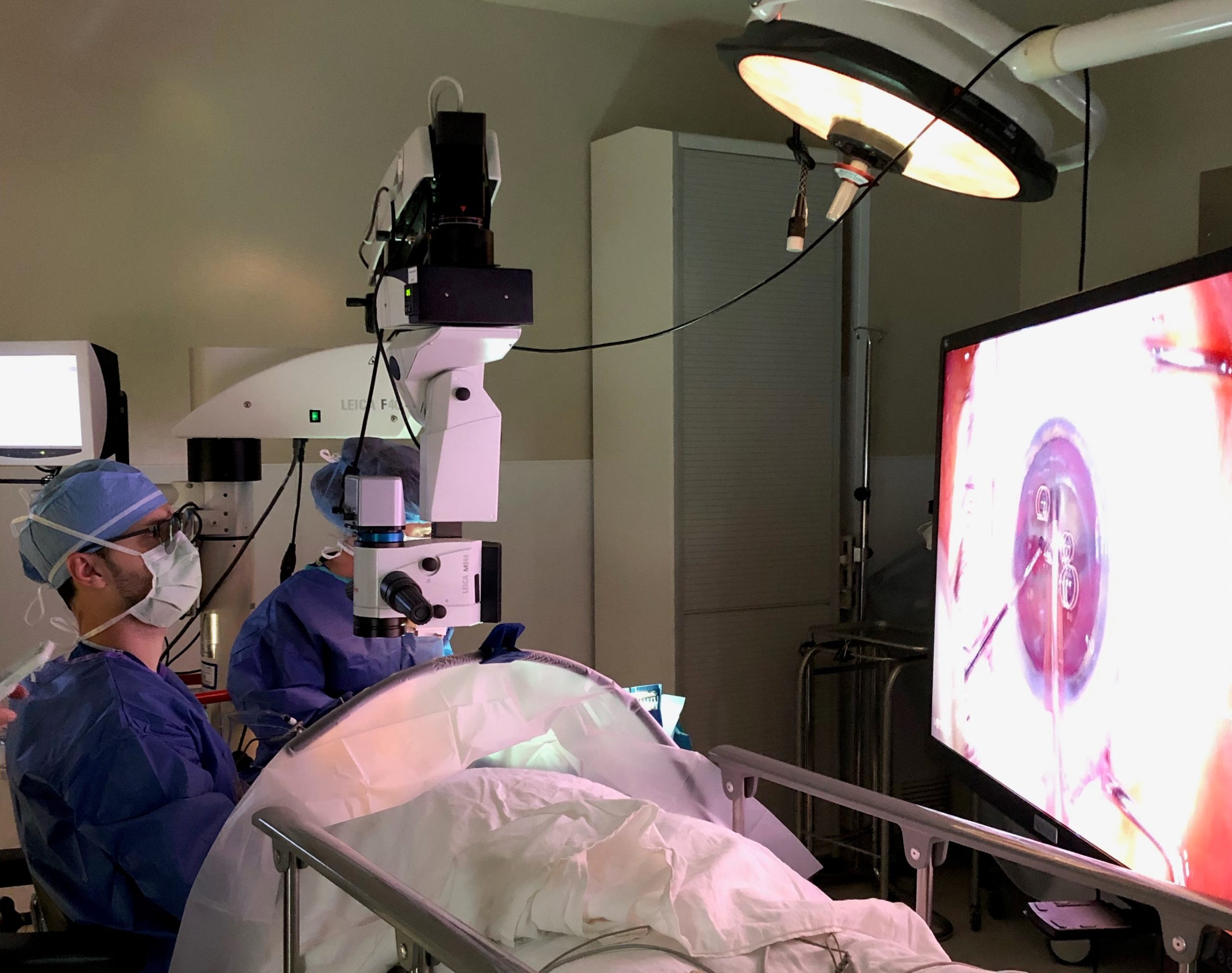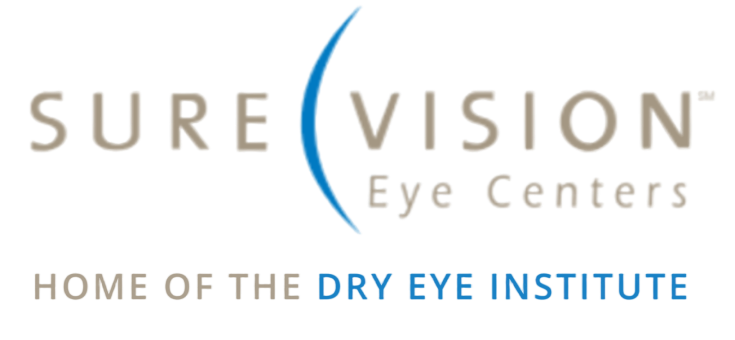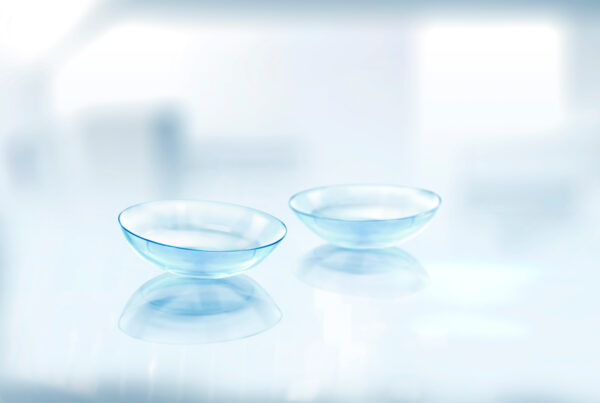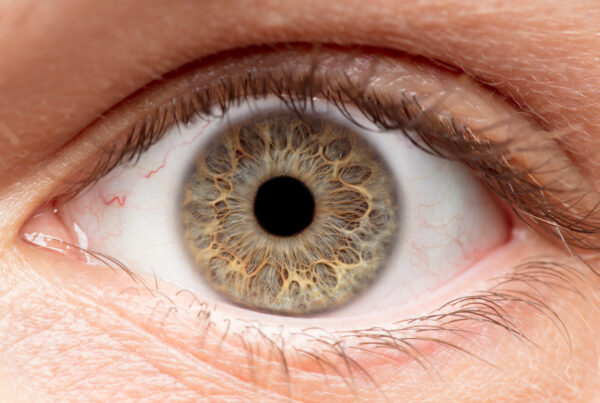
One of the great things about the field of Ophthalmology is that it is continually evolving and improving. Each year sees a vast array of new technologies that increase patient safety and improve visual outcomes. In essence, these devices make us as doctors and surgeons better “equipped” to care for your eyes…pardon the pun.
At SureVision Eye Centers, we believe everyone should have a lifetime of their best possible vision. This includes continually evaluating and incorporating new technologies that are additive to patient care and visual outcomes. One of these new technologies that I’m very excited about is the Ngenuity 3-D visualization system. This is an advancement that we use in the operating room that allows the surgeon a 3-dimensional view of your eye in real-time during your surgery.
For traditional cataract surgery, the surgeon sits next to the patient and looks through the eyepieces of an operating microscope, which provides a lighted and magnified view of the eye during surgery. Ngenuity, on the other hand, combines several breakthroughs in electronics to provide the surgeon with a unique 3-dimensional view of your eye during surgery. The visualization system consists of 3 components. A twin sensor, high definition camera captures the images and sends the signal through an ultra-high-speed image processor to a 3-D, Ultra High Definition monitor. While wearing 3-D glasses the surgeon can then see your eye enlarged on a 55-inch screen, in 3-dimensions, and in real-time.
I have to admit the first time you see the system it all seems like science fiction. But, in just a few cases of using Ngenuity, the many advantages become quite obvious. It provides up to 48% more magnification and 5 times more depth of focus than a traditional operating microscope. Because it is a camera as opposed to an operating microscope it can also be easily rotated to more comfortable allow surgery for patients who cannot lie completely flat due to neck fusion, breathing difficulties, etc. It is also a great tool for teaching staff and training new surgeons as all that’s required for everyone else to see the surgeon’s perspective is an extra set of 3-D glasses.
Finally, high volume cataract surgeons will do tens of thousands of cataract surgeries in their careers. And, as a result of straining their necks awkwardly to look through operating microscopes, numerous large surveys have shown that more than 50% of ophthalmologists report significant neck and/or back pain with some of these cases being debilitating and career-shortening. While it is still a new technology, the comfortable and ergonomic heads-up surgical position allowed by this new system should promote better posture and surgeon health allowing us to care for your eyes for many years to come.



